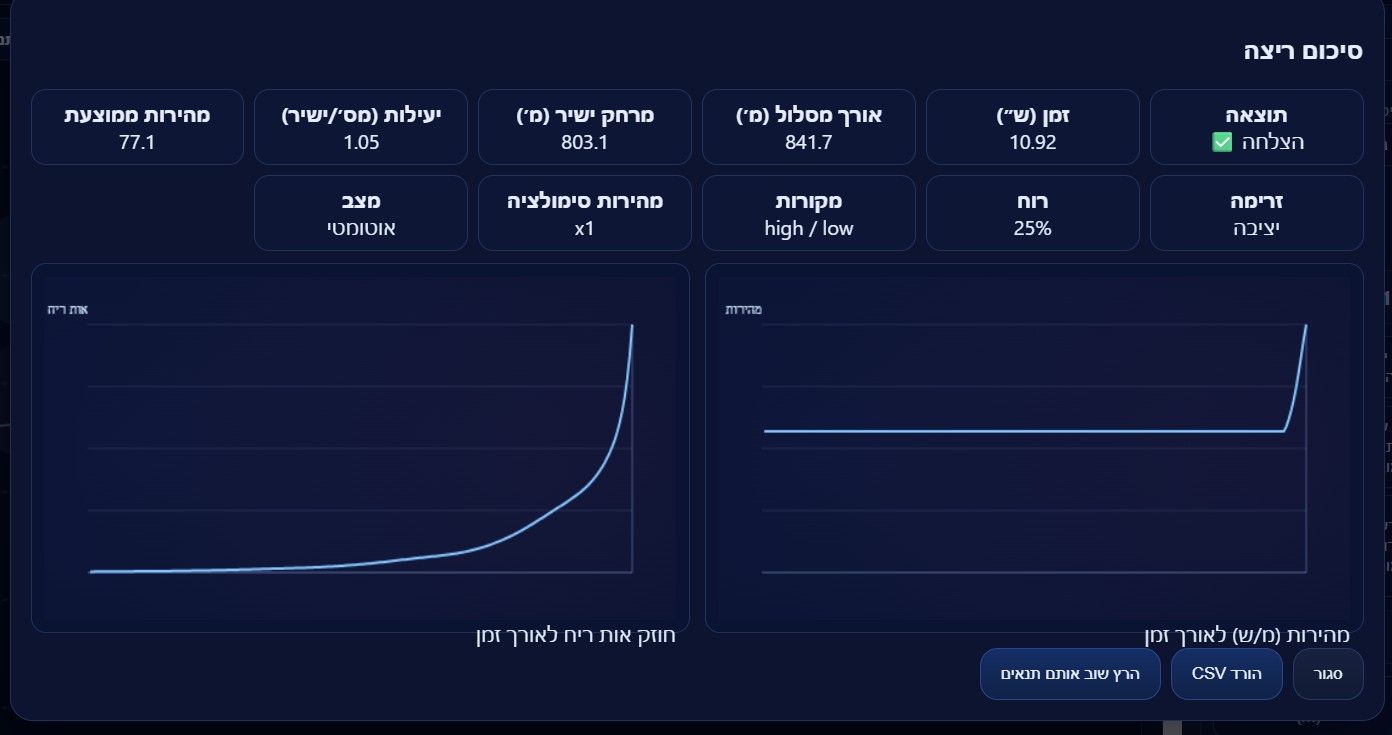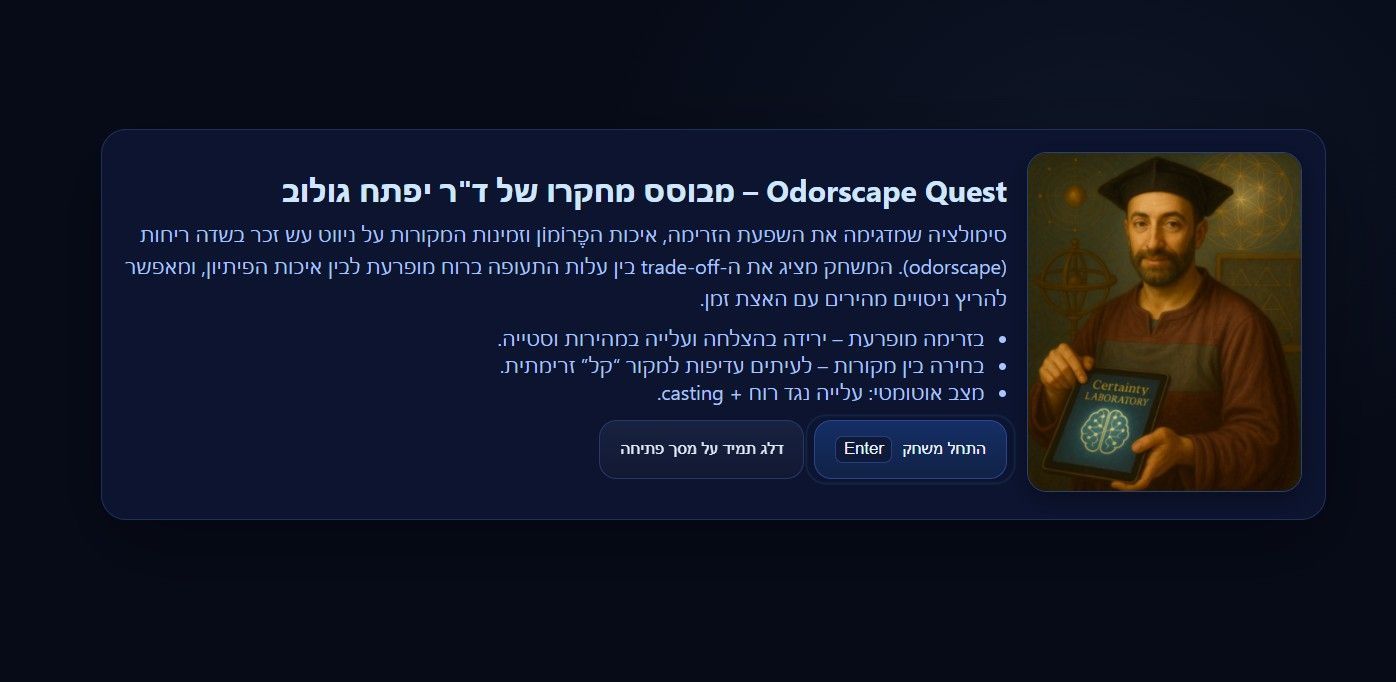When Deep Science Becomes an AI Tool
What happens when a doctoral dissertation, packed with years of lab work, advanced analyses, and dense scientific writing, is reborn as an interactive AI system?
Imagine taking a PhD on insect navigation—hundreds of hours in the lab, days of nocturnal field observations, advanced biomechanical analyses, and pages of statistical models—and making it not just readable, but explorable. Instead of a static text, the dissertation becomes a living AI companion: one that lets you simulate experiments, visualize results, and grasp the dynamics of insect decision-making inside complex odorscapes.
This is exactly what Dr. Yiftach Golov, our Head of Research, set out to do.
Why it matters
Science as accessible experience: Cutting-edge ethology and physics research, once locked in specialized journals, is now available for interactive exploration.
From complexity to clarity: Concepts like “odorscape navigation” or “sexual vs. natural selection pressures” are made intuitive through simulation.
Bridging audiences: A tool that serves both researchers who want to test hypotheses and lay users who want to understand the beauty of decision-making in nature.
How it works
- Core research: Dr. Golov studied how male moths navigate using pheromone signals within dynamic airflow conditions, balancing biological quality, resource availability, and physical constraints.
- Translation layer: Our team restructured the dissertation’s data models, algorithms, and findings into a machine-readable knowledge base.
- Interactive AI: A conversational and visual AI system simulates scenarios—different wind tunnels, pheromone intensities, or female quality—and shows how navigation outcomes shift.
- Visualization: Users can “see” navigation patterns emerge in real time: trajectories, decision trees, and trade-offs between competing signals.
What we learn from it
- Decision-making in motion: Even a moth weighs trade-offs, integrating multiple streams of information under uncertainty.
- The dominance of natural selection: The research shows how environmental constraints can override sexual selection signals.
- Odorscapes as dynamic landscapes: Far from static cues, pheromone trails interact with airflow and resource distribution to create shifting maps of opportunity and risk.
Limitations and considerations
- Scientific abstraction: The AI system captures the structure and logic of the dissertation, but not every micro-detail of experimental data.
- Model assumptions: As with any simulation, outcomes depend on initial parameters. Users must understand the boundaries of what the model represents.
- Accessibility vs. depth: The challenge is balancing intuitive visualization for lay users with rigorous accuracy for researchers.
Demonstration
Select “Airflow intensity: High” and “Pheromone quality: Low.” The AI instantly generates flight trajectories showing reduced success rates, more erratic navigation, and higher energy costs. Adjust parameters, and you see how small shifts in odorscape conditions create entirely new behavioral strategies.

How to leverage it
- Scientific research: Extend hypothesis testing beyond the lab, generating new experimental questions.
- Education: Use interactive simulations to teach complex biological principles in classrooms or museums.
- Innovation: Apply the framework to other fields where complex decision-making under uncertainty matters—ecology, robotics, even social systems.
Three operating principles we adopted:
- Fidelity before simplification: Ensure the AI captures the real dynamics of the research before making it user-friendly.
- Visualization before abstraction: Let users see patterns—flight paths, data flows—before reading about them.
- Transparency before narrative: Mark clearly what is modeled, what is simplified, and what remains unknown.
How this meets our work at Certainty Lab
This project exemplifies our mission: taking dense, valuable research and transforming it into living AI systems that anyone can interact with. Just as we’ve built dashboards for civic resilience or strategy generators for nonprofits, here we took a dissertation and turned it into a research simulator—bridging the gap between deep science and applied intelligence.
In closing
Dr. Golov’s work reminds us that science doesn’t have to sit on library shelves. With the right translation, it can become a tool that lives, breathes, and interacts with us. When deep science becomes an AI tool, knowledge stops being static—it becomes a dynamic partner for discovery.
